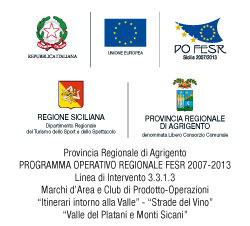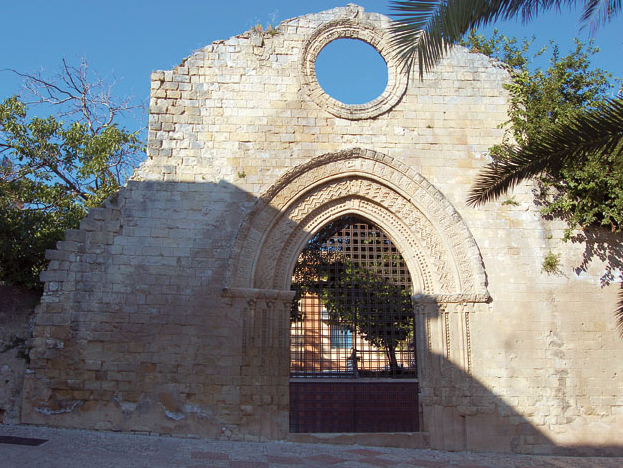
Dominated by Mount Rose, one of the highest peaks of the mountains and lush Sicilian, is Bivona.
Although its foundation is the subject of debate among historians who would accredit the foundation and Syracuse, and others to the Arabs, the first historical documents of the site date back to 1160 in the days of King Roger II and his successors William I and William II when Bivona It was a simple house inhabited by Muslims. However, it is very likely that they are right both the supporters of the two theses as it may be true that the first settlements of the place may have been founded by the Syracusans as Hipponium and perhaps later abandoned, to be used in a second time to re-foundation the Arab invasion in Sicily. In the second half of the thirteenth century. Bivona became feudal possession, becoming one of the main towns in the south-central Sicily. A witness to the flourishing period are still present today the ancient Mother Church with the portal Gothic-Chiaramonte, and the remains of a fourteenth century castle built by the Genoese John Corrado Doria-de Aurea. Passed by the Peralta Chiaramonte and early fifteenth century to the Moon, the city was shocked by the contention which involved the two noble families between the fifteenth and sixteenth century. and which he ended in 1529 in the famous case of Sciacca. In 1554 was elevated to the ducal city, he reached the 8,000 inhabitants and enjoyed a great economic prosperity adding new convents and monasteries built by numerous religious orders that settled in the city. In the seventeenth century began a slow economic and demographic decline caused by the birth of new settlements nearby but did not prevent the construction of new churches and palaces, like the Palace Marquis Greek elegant example of Sicilian Baroque.
Bivona today has approximately 6000 inhabitants and based much of its economy on the cultivation of tasty "Fishing Bivona" produced in its territory and whose production is about 2500 tons per year.
Monuments to visit
To visit the Mother Church with the old portal Chiaramonte dated around '300, the new Cathedral Church with a single nave built in the seventeenth century by the Jesuits.
Not to be missed
The Fountains of Bivona
The public fountains Bivona are about 20, and most were built after 1887 (the year of construction of the first water system). Some are simple cast iron fountains like "Mezzaranciu" or fountain Lu roggiu, while others have a wash as the Fonatana of Ferri and the Fountain Pazza.
Visit the ruins of the castle (the Casino)
Nature walks on Mount Rose

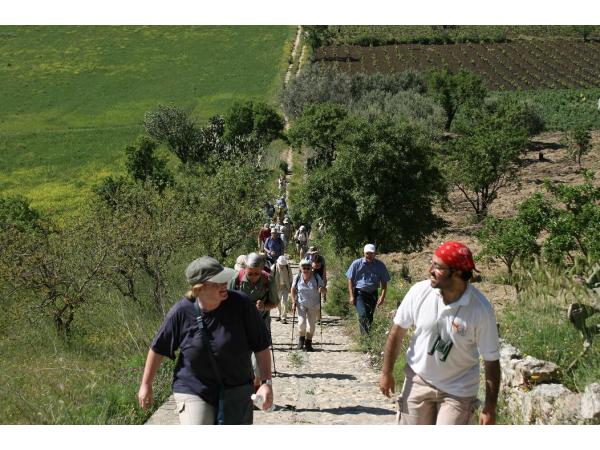

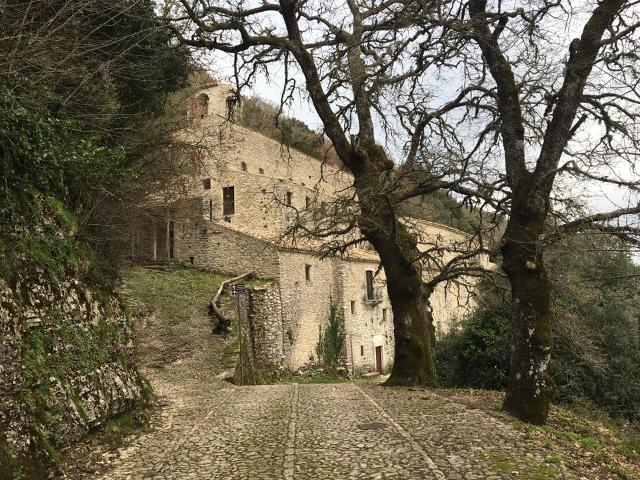 Hermit Shrine Cave of Santa Rosalia - Quisquina
Hermit Shrine Cave of Santa Rosalia - Quisquina
 Nature Reserve - Monte Cammarata
Nature Reserve - Monte Cammarata
 Platani River Nature Reserve and Sosio Valley
Platani River Nature Reserve and Sosio Valley
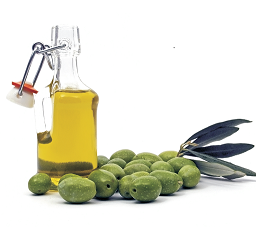 Aromas and Flavors
Aromas and Flavors
